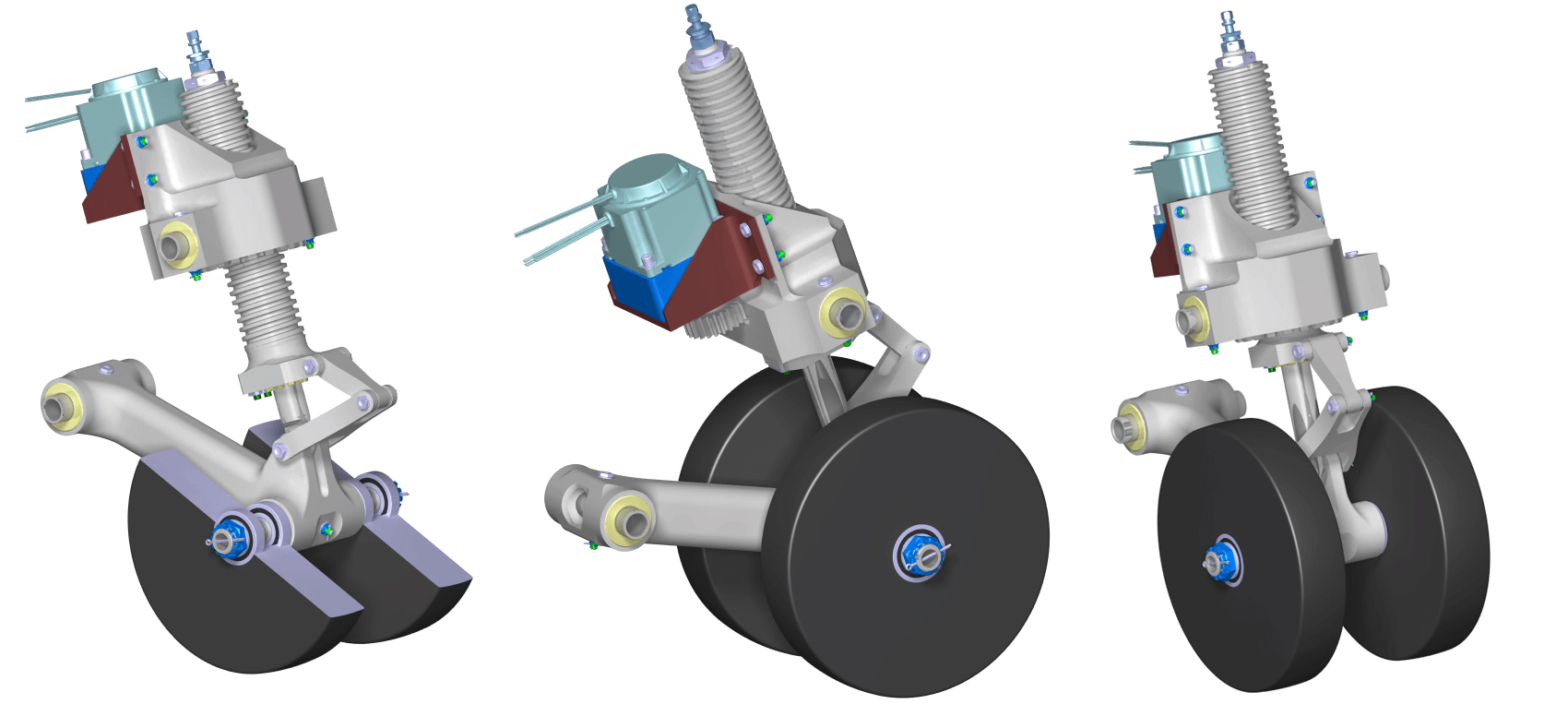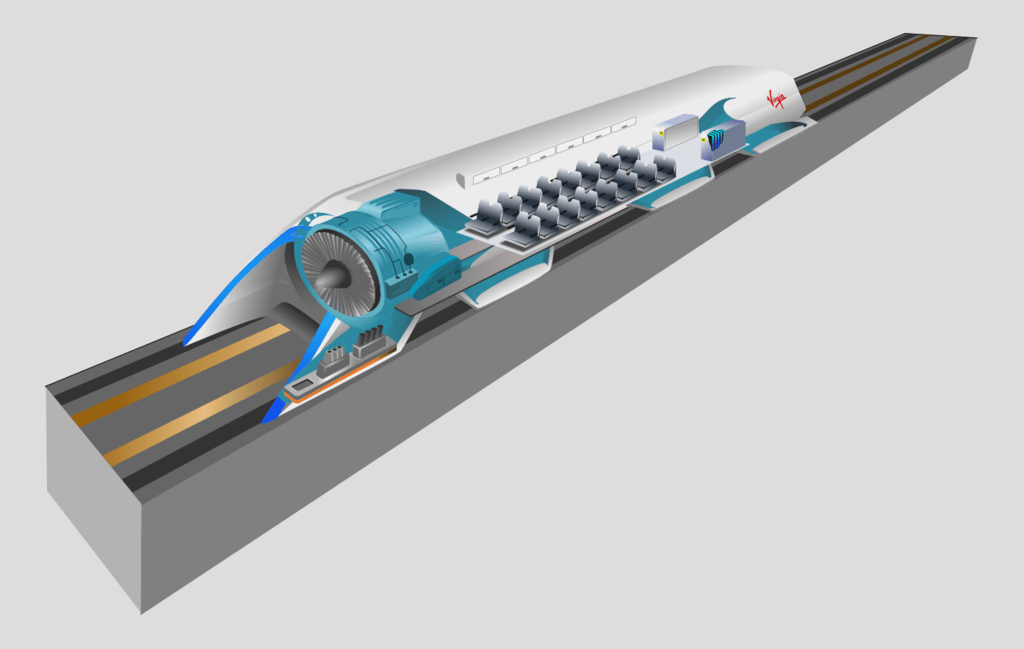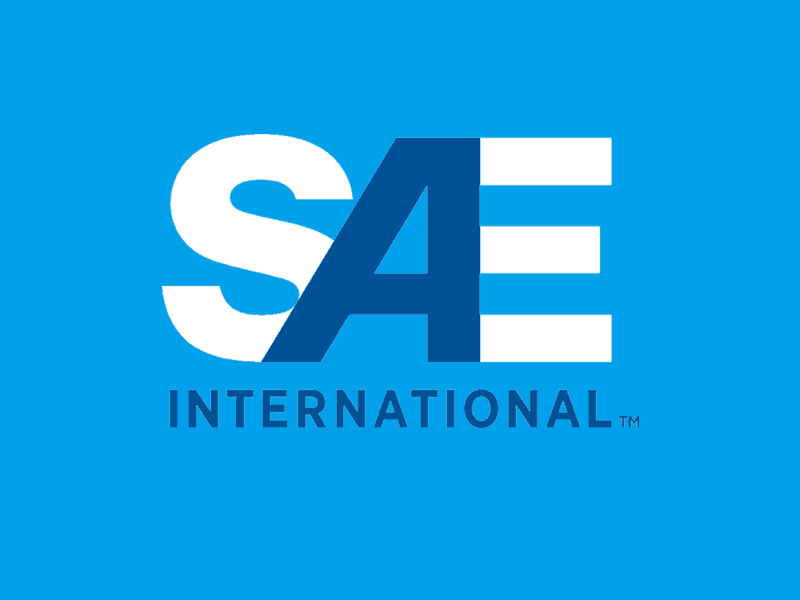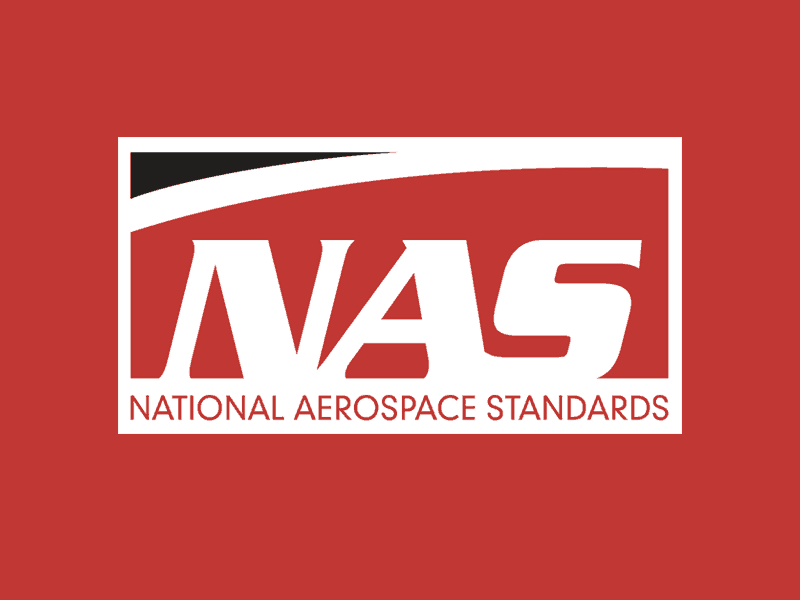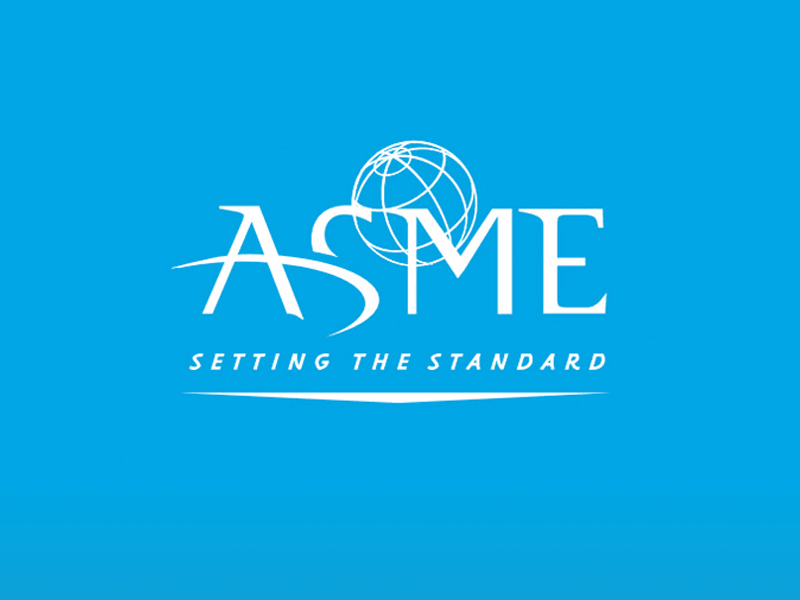Ryerson Hyperloop Team Accelerate Design Using AIA NAS 3D Digital Standards built by CADENAS PARTsolutions
Award Winning Hyperloop team from Ryerson University reduces design time by utilizing configurable 3D Models of standard parts instead of creating from scratch
The Ryerson University International Hyperloop Team announces a digital engineering solution sponsorship with the Aerospace Industries Association and CADENAS PARTsolutions. The Ryerson Team is utilizing native CATIA 3D CAD models of the AIA National Aerospace Standards (NAS), built by digital parts management firm CADENAS PARTsolutions. Using these certified components in the design process, the team was able to successfully reduce their engineering time and focus more of their efforts on the core design of their award-winning deployable wheel system.
In January 2016, Ryerson’s Hyperloop deployable wheel system won the team the “Subsystem Innovation Award” at the SpaceX Hyperloop Pod Competition at Texas A&M University. The team is now getting ready for the final phase of the competition this August in California.
About the Hyperloop
The Hyperloop is a theoretical system of tubes recently proposed by Elon Musk, who is also known for his involvement with Tesla Motors and Space X. The tubes will be sealed and air extracted to create a vacuum. The “pods,” which will be propelled and suspended by either MAGLEV (magnetic levitation) or by air-bearing levitation, enable travel at more than 700 miles per hour, due to the lack of atmosphere and air resistance. Early analysis has suggested that a trip from Los Angeles to San Francisco could be completed in 35 minutes, as opposed to 6 hours by car.
Hyperloop technology has been explicitly open-sourced by Musk and SpaceX, and others have been encouraged to take the ideas and further develop them. Several companies have been formed, and dozens of interdisciplinary student-led teams are working to advance the technology.
Jay Hopper, Chief Growth Officer of CADENAS PARTsolutions, describes the digital 3D standards as a tool that adds design accuracy as well as efficiency. “With Hyperloop revolutionizing the future of travel, safety and reliability will be paramount, which is why they are using genuine AIA NAS standards. Utilizing the certified digital standard models helps ensure the correct part will be specified in the manufactured product, guaranteeing safety and reliability, while also expediting the design process. That’s a win-win for any design team.”
Ryerson’s Use of AIA / NAS 3D Models on the Hyperloop Design:
Space X/Hyperloop announced their student design competition on June 15, 2015, and published the official rules the following August. The Ryerson University Hyperloop Team, facing a steep deadline, began to investigate where they could reduce engineering time by eliminating non-value-added tasks. They decided to digitally source CAD data of key standard components, rather than designing and drawing these components from scratch.
Graeme Klim, Team Leader of Ryerson’s International Hyperloop Team is managing the design project as well as the necessary engineering tools. “By leveraging these AIA NAS digital standards, we were able to significantly accelerate the pace of our design process, focusing on the key design components, rather than re-creating standards that already exist. This enabled our team to create a design that competed very well against much larger teams.”
The Ryerson Sponsorship
While competing amongst the 120 universities in the Hyperloop/SpaceX design competition, Ryerson’s International Hyperloop Team made use of native CATIA 3D CAD models of AIA National Aerospace Standard (NAS) components through a sponsorship from AIA and CADENAS PARTsolutions.
Chris Carnahan, Director of Standardization at the Aerospace Industries Association was key to the Ryerson Team sponsorship. “AIA is proud to sponsor the Ryerson Hyperloop team by providing them access to our library of authorized digital 3D NAS parts. Engineers using AIA’s 3D NAS parts library will save time and ensure accuracy and efficiency in the design process.”
The Ryerson Deployable Wheel System
The Ryerson Deployable Wheel System has been designed for use in low-speed and emergency travel conditions. Inspired by a traditional trailing arm landing gear, the design has been developed for intense space constraints imposed by the size of the Hyperloop pods. The Hyperloop Deployable Wheel System (HDWS) is proposed as a space saving concept for wheel deployment that can be readily re-sized for many pods. In January 2016, Ryerson’s Hyperloop deployable wheel system won the team the “Subsystem Innovation Award” at the SpaceX Hyperloop Pod Competition at Texas A&M University and the team is now getting ready to compete in the final phase of the competition this August in California.
About CADENAS PARTsolutions
CADENAS PARTsolutions is a leading provider of next-generation 3D part catalog management and sales configuration solutions. For large manufacturers, CADENAS PARTsolutions provides centralized 3D parts libraries making it easy for global design teams to find, reuse, and control standard and proprietary parts. For component manufacturers, CADENAS PARTsolutions provides 3D product catalogs with digital CAD download technology, helping businesses to increase sales lead generation and to ensure that components get “designed in” to OEM products. partsolutions.com
###
Media Inquiries
CADENAS PARTsolutions
Adam Beck – Marketing Manager
400 Techne Center Dr., Ste. 301
Milford, OH 45150 USA
Phone: (513) 453-0453
Fax: (513) 453-0460
adam.beck@partsolutions.com
partsolutions.com
@partsolutions
Image credits:
Hyperloop Cutaway: Camilo Sanchez
